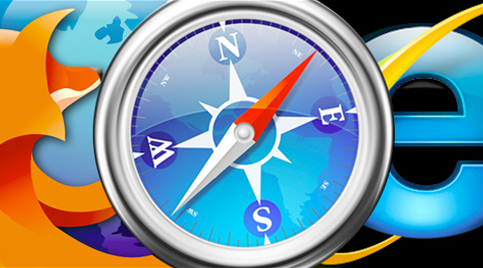
Backing up data is a great way to minimize losses after a computing catastrophe. But what about restoring your actual system right away? Here are the five most popular options for our readers.
Earlier this week we asked you to share your favorite free system restoration tools for saving working computer states and bringing them back to life. You responded and we rounded up the top five free system restoration tools favored by Lifehacker readers for your consideration.

Macrium Reflect Free is a no-cost but capable version of the popular Macrium Reflect disk imaging tool. With it you can back up your disk to network locations, optical and removable media, and other hard drives. A built-in scheduler and CD/DVD writing software make maintenance easy, and Macrium Reflect Free supports Microsoft's Volume Shadow Copy Service, allowing for real-time, multi-version disc images. One of the strong selling points of Macrium Reflect Free is its compatibility with BartPE, as well as offering a free Linux-based recovery boot disc.

DriveImageXML creates thorough hard disk images, copies them from disk to disk, and offers browsing of backed-up disk images just like regular directories. That means if there are just a few files to grab from a previous image, there's no need for whole-cloth restorations, just a quick point-and-grab operation. Like Macrium Reflect Free, DriveImageXML supports Volume Shadow Copy, and is a free for personal use copy of the company's commercial software.

Paragon Drive Backup is the free personal edition of Paragon's commercial disk imaging software, but supports a wider variety of disks and file systems than comparable backup tools. Paragon supports Microsoft Volume Shadow Services for real-time backup, and it can restore multiple partitions and disks in one shot following colossal hard drive failure. Restorations can be made from flash drives and CDs/DVDs created by the app. The user interface, as seen in the screenshot, is almost entirely wizard driven, making the sometimes arcane world of disk imaging more accessible to newcomers.
ImageX (Windows, Free)

ImageX was created as a tool for computer manufacturers and other large organizations with a need for imaging and deploying large numbers of computers. So it's primarily a command line tool, but because of its popularity with imaging geeks, a GUI, GImageX, was created for it seen in the screenshot here. Despite having several key limitations, most notably that it only works with modern Windows file systems, ImageX has quite a few excellent features if you're already rocking a Windows-centric house. Image sizes are smaller thanks to "single instancing," where a file appearing in multiple locations within the hard disk you're imaging is only stored once in the disk image. ImageX can also perform selective overwrites of your disk, allowing you to partially restore the contents of a disk image. The link provided above is to the information about ImageX on Microsoft Technet; to jump right to the download for ImageX use this link.
Clonezilla (Windows/Mac/Linux, Free)

Clonezilla is a powerful open-source disk imaging tool easy enough for new users to jump into. The deep-down features, though, may keep users around as their needs grow. The server edition allows for network-based bulk disk imaging, and Clonezilla itself supports over a half-dozen file systems covering Windows, Linux, and Mac-based machines. Even if you're using an obscure file system that isn't supported, you can still use Clonezilla, but you'll need to do a sector-to-sector copy instead of taking advantage of the efficiency and compression it applies when backing up a supported file system. The personal version of Clonezilla is a Live CD and customizable by the end user to meet a variety of needs in a variety of situations, with more than adequate documentation on the Clonezilla site to help you do so.









































 The status:
The status: The status:
The status: